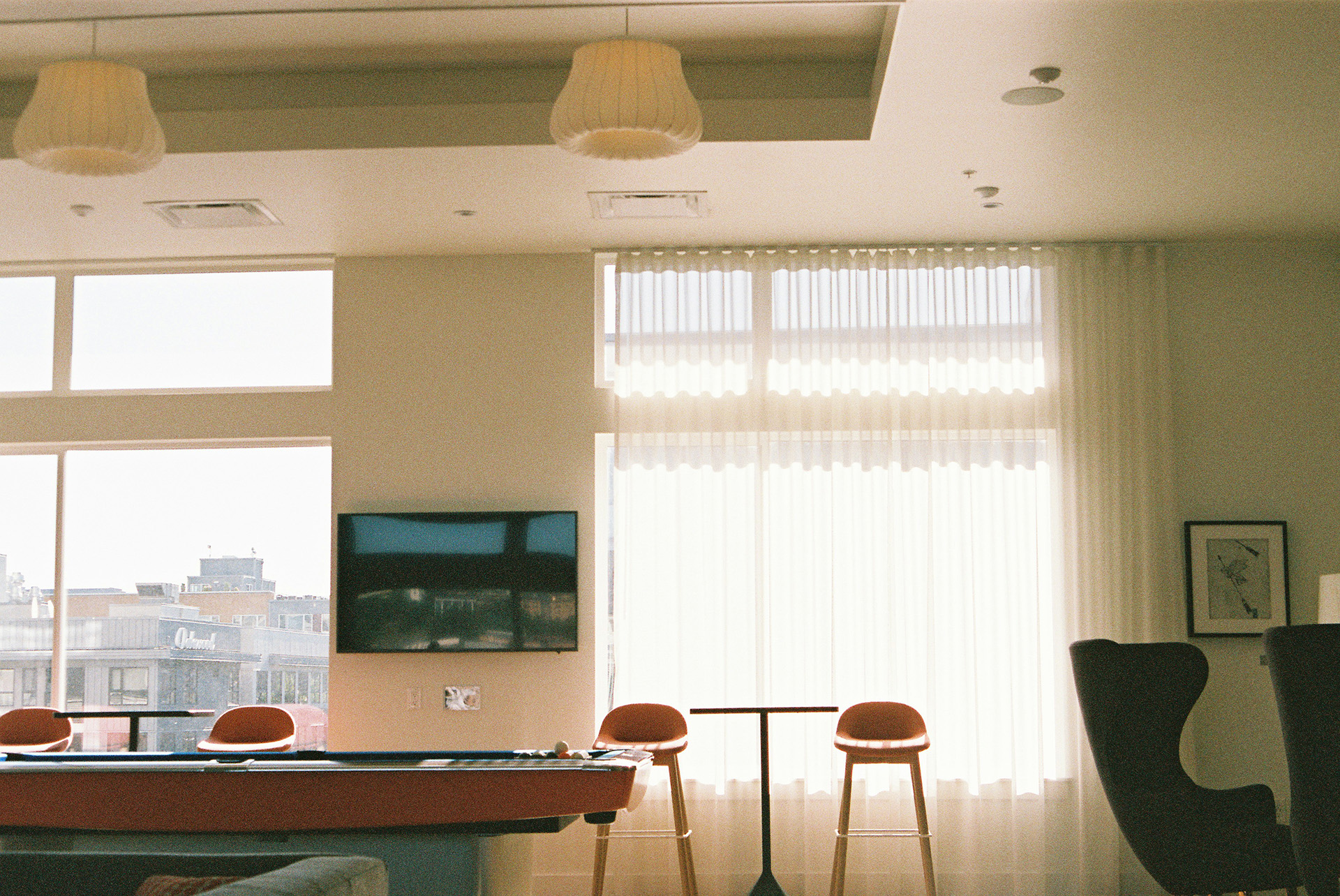Inverted nipple repair is a cosmetic procedure designed to correct inverted nipples, a condition where the nipple is retracted into the breast tissue rather than projecting outward. This condition can affect both men and women and may cause physical discomfort, breastfeeding difficulties, and self-esteem issues. By addressing these concerns, inverted nipple repair enhances both the aesthetic appearance and functional capabilities of the nipples. This article explores the benefits, procedure, recovery, and potential risks associated with inverted nipple repair, providing a comprehensive guide for those considering this corrective surgery.
Understanding Inverted Nipple Repair
Inverted nipples can be classified into three grades based on their severity:
- Grade 1: Nipples can be easily pulled out and maintain their projection for some time.
- Grade 2: Nipples can be pulled out but tend to retract quickly.
- Grade 3: Nipples are severely inverted and difficult or impossible to pull out.
Inverted nipple repair involves surgical techniques to release the fibrous bands causing the inversion and, in some cases, enhance the nipple projection using sutures or other methods. The choice of technique depends on the severity of the inversion and the individual’s specific needs.
Benefits of Inverted Nipple Repair
Improved Aesthetic Appearance
The procedure enhances the appearance of the nipples, making them more prominent and aesthetically pleasing.
Enhanced Self-Confidence
Many individuals experience a significant boost in self-confidence and self-esteem following inverted nipple repair, feeling more comfortable with their appearance.
Improved Breastfeeding Capability
Correcting inverted nipples can facilitate breastfeeding by making it easier for the baby to latch onto the nipple.
The Inverted Nipple Repair Procedure
Understanding the details of the inverted nipple repair procedure can help prospective patients prepare for what to expect and ensure a smoother treatment experience.
Pre-Treatment Consultation
Before undergoing inverted nipple repair, patients will have a thorough consultation with a qualified plastic surgeon. During this consultation, the surgeon will assess the patient’s overall health, examine the nipples and breasts, and discuss their goals and expectations. The surgeon will also review the patient’s medical history and explain the procedure in detail.
The Procedure
The inverted nipple repair procedure involves several key steps:
- Preparation: The treatment area is marked, and local anesthesia or sedation is administered to ensure patient comfort.
- Incision: Small incisions are made at the base of the nipple or around the areola to access the fibrous bands causing the inversion.
- Release of Fibrous Bands: The surgeon carefully cuts the fibrous bands tethering the nipple inward. This step allows the nipple to project outward.
- Suturing: Sutures may be placed to support the nipple in its new position and prevent retraction. In some cases, additional tissue or a small implant may be used to enhance nipple projection.
- Closure: The incisions are closed with sutures, and the patient is moved to a recovery area.
The entire procedure typically takes about 30 minutes to 1 hour, depending on the severity of the inversion and the technique used.
Recovery and Aftercare
Recovery from inverted nipple repair requires careful attention to post-operative instructions to ensure optimal healing and results.
Immediate Post-Treatment Care
Immediately following the procedure, patients may experience swelling, bruising, and mild discomfort in the treated area. These symptoms are temporary and usually resolve within a few days to a week.
At-Home Care
Patients should follow these general guidelines during the recovery period:
- Keep the Area Clean: Follow the surgeon’s instructions on how to care for the treated area to prevent infection.
- Avoid Strenuous Activities: Refrain from strenuous activities and heavy lifting for at least a few days to allow the body to heal properly.
- Wear Loose Clothing: Wear loose, comfortable clothing to avoid irritation of the treated area.
- Follow-Up Appointments: Attend all follow-up appointments with the surgeon to monitor healing progress and address any concerns.
Healing Time
The initial healing phase for inverted nipple repair typically takes about 1 to 2 weeks, during which swelling and bruising gradually subside. Most patients can return to work and light activities within a few days, although full recovery and final results may take several weeks to become noticeable as the body adjusts and heals completely.
Potential Risks and Complications
While inverted nipple repair is generally safe, it does carry some potential risks and complications:
Infection
Maintaining proper hygiene and following post-operative care instructions can help prevent infections. Signs of infection include increased redness, swelling, pain, and discharge.
Scarring
Scars may occur at the incision sites, but these usually fade over time with proper care.
Asymmetry
There is a possibility of asymmetry if the correction is not evenly performed. Additional treatments or adjustments may be required to correct any irregularities.
Nerve Damage
There is a risk of temporary or permanent nerve damage, which can affect sensation in the nipples. This is typically a rare occurrence.
Recurrence
In some cases, the nipple may retract again over time, requiring additional procedures to maintain the correction.
Combining Inverted Nipple Repair with Other Treatments
For comprehensive breast enhancement results, inverted nipple repair can be combined with other cosmetic treatments. Common combinations include:
Breast Augmentation
Combining inverted nipple repair with breast augmentation can enhance the overall size and shape of the breasts, providing a more balanced and harmonious look.
Breast Lift
A breast lift can be performed in conjunction with inverted nipple repair to address sagging breasts and enhance the overall contour of the breasts and nipples.
Areola Reduction
Areola reduction can be combined with inverted nipple repair to achieve a more proportional and aesthetically pleasing appearance of the nipples and areolas.
Conclusion
Inverted nipple repair offers a highly effective solution for individuals seeking to correct nipple inversion and enhance both the aesthetic appearance and functional capabilities of their nipples. By understanding the benefits, procedure, recovery process, and potential risks, patients can make informed decisions and take proactive steps toward achieving their desired outcomes. Consulting with a qualified plastic surgeon is the first step toward exploring this corrective option and achieving a more confident and attractive appearance. Whether used alone or in combination with other treatments, the transformative results of inverted nipple repair can provide lasting improvements and enhanced self-confidence.


